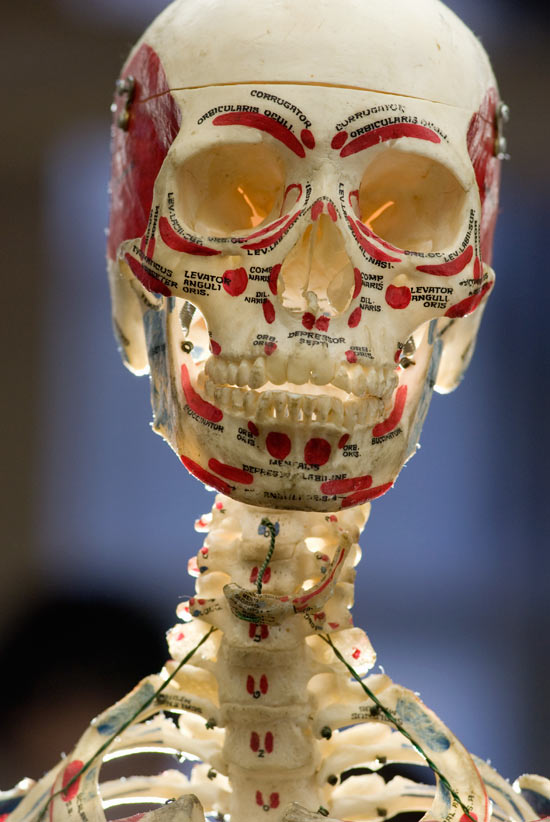
Disease/Disorder: Achondroplasia dwarfism
Common Name: Achondroplasia
Age of Onset: Achondroplasia is present at birth
Duration: It is a chronic condition, meaning a person with this disease has it for life
Commonness: Achondroplasia affects about 1 in every 40,000 children and approximately 10,000 individuals in the United States are estimated to have Achondroplasia. Because of the cause being a gene mutation passed on or inherited, it occurs equally in all races and both genders.
Cause: Achondroplasia is present at birth and is caused by gene mutations on the short arm of the forth chromosome. The mutations can be spontaneous without either parents having the condition, called or can be inherited as an autosomal dominant trait. This means that if a child gets the defective gene from one parent, the child will have the disorder. If one parent has achondroplasia, the child has a 50% chance of inheriting the disorder but if both parents have the condition, the child has a 75% chance of inheriting it.
Symptoms: The common symptoms if the disease are visible at birth and include
- abnormal hand appearance with space between the fingers
- bowed legs
- decreased muscle tone
- disproportionately large head
- prominent forehead
- shortened arm and legs
- short stature
- spinal stenosis(narrowing)
- lordosis
- kyphosis
Prognosis: The disease is a disorder of bone growth, as the name means "without cartilage formation." This disorder affects the ossification of cartilage into bone, which is especially important in the growth of long bones. This limited growing of the long bones affect the length of the limbs giving people with Achondroplasia their short stature. Because Achondroplasia affects muscle tone, individuals with the disease have postponed gross motor control. They may also have speech and language problems. Another serious side of the conditions is hydrocephalus, an abnormal accumulation of cerebrospinal fluid on the brain. Hearing loss occurs in 75% of Achondroplasia cases before the age of five. This is because abnormal temporal bone development causes the Eustachian tubes to drain poorly. People with Achondroplasia must receive close monitoring on their pulmonary functions and their respiratory system, because complications in these areas are often fatal.
Treatment: There are no treatments of the disease itself, but rather a treatment of the diseases symptoms. Hydrocephalus can be treated by draining the access fluid to prevent memory loss, seizures, hypersensitivities to light and sound, and pain. Surgery or other non-surgical treatments may be used to correct the spinal abnormalities of lordosis and kyphosis. Several methods, both surgical and non-surgical can be used to widen the often too small foramen magnum will help prevent neurological problems.
Prevention: Since the disease is a gene mutation which can occur at random or be passed from parent to child, Achondroplasia most often develops spontaneously,and so prevention is not always possible.




